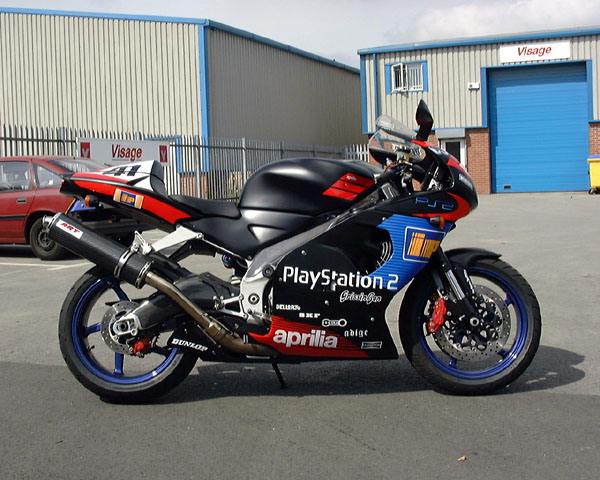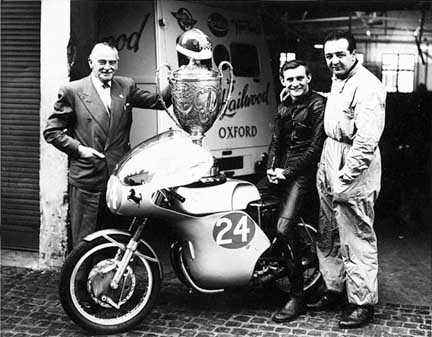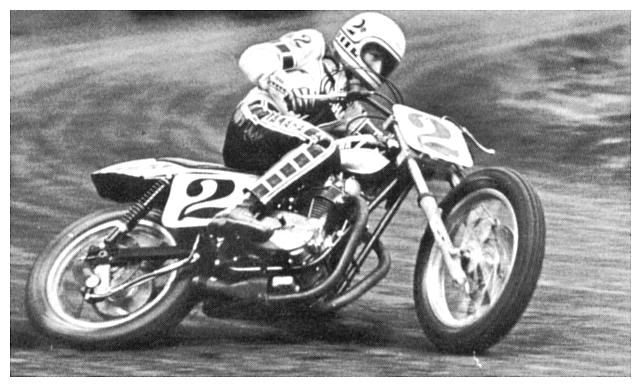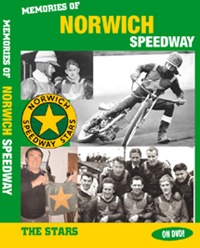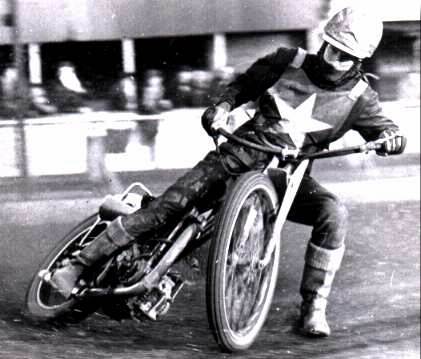




Englishman Reuben Thomas "Ben" Drinkwater is killed after crashing his Excelsior at the 1949 Isle of Man Junior TT.
After competing in the first post-war event on the Snaefell Mountain Course, the 1946 Manx Grand Prix, Ben Drinkwater returned to race in the 1947 Isle of Man 250cc Lightweight TT and finished in 3rd place in one of the most controversial races in TT history won by the Irishman, Manliff Barrington.
Despite Maurice Cann lapping consistently the entire race at an average speed of just over 74 mph and fellow Moto-Guzzi rider Barrington at a hair over 73 mph the race was awarded to Manliff. Despite a protest to the ACU, the result was allowed to stand as "....in those days of wind-up watches and hand-written records, the officials had under-estimated Barrington's time by a minute." WTF.
While racing in the 1949 350cc Junior TT Race, the first ever race of the new FIM World Championship, Ben Drinkwater collided with a bank trying to avoid a fellow competitor near Cronk Bane farm near the 11th milestone marker post and was killed instantly. The distinctive S-bend corner on the Isle of Man Mountain Course near to where the accident occurred was renamed "Drinkwater's Bend".
Today in motorcycle history proudly supports the National Association for Bikers with a Disability (NABD). www.nabd.org.edu






